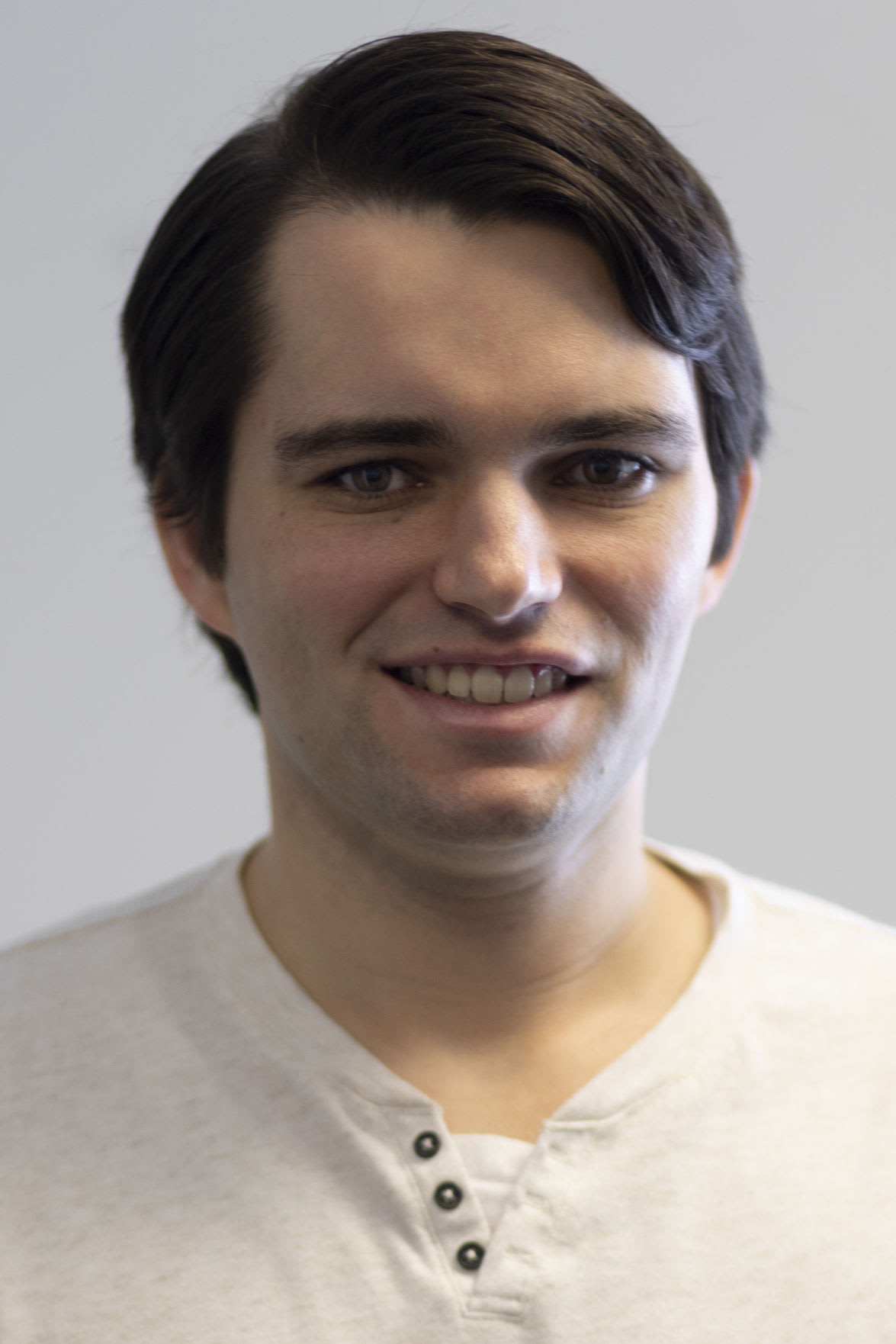SCOTTSDALE, Ariz. — Marcus Freeman’s Notre Dame defense sprung a few leaks in his first two games coordinating it.
The Irish went 2-0, but not without allowing four total plays of at least 60 yards in claustrophobic wins over sub-.500 Florida State and Mid-American Conference opponent Toledo.
Freeman’s adjustment was not to overhaul the scheme or make widespread personnel changes. Rather, he decided less is more. It’s a similar refrain to predecessor Clark Lea in October 2020, when a similarly middling Florida State team averaged 4.9 yards per sack-adjusted rush against the Irish. In each instance, the goal was to remove any trepidation, hesitation and overthinking and allow a talented group of defenders to be at their best.

“The first two games, you have this plan you did in spring, in fall camp, and you think we’re going to be good,” Freeman said. “Then after the first few games, I remember being in my office and knowing that something’s wrong. We have to re-evaluate.”
The self-study started with third down, where Notre Dame had allowed conversions at a 42 percent clip. (That would rank 102nd nationally if extrapolated over an entire season). Notre Dame wasn’t playing slow those first two games, so to speak, but playing fast too often came with playing sloppy. Freeman wanted fast and sound.
The final 10 games were a sharp reversal. Notre Dame gave up only two plays of at least 50 yards and held opponents under 5.0 yards per play seven times the rest of the way. They head into Saturday’s Fiesta Bowl vs. No. 9 Oklahoma State ranked 18th in third-down defense. Freeman now has the big whistle and won’t be calling plays, but the personnel is the same and he still had a strong voice in game-planning.
“When we were able to find the blend of playing fast and free and playing assignment football is when we really started to take our game to the next level,” nose tackle Kurt Hinish said.
Though Freeman professed he’d maintain a lot of Notre Dame’s prior principles and always intended to keep things simple, there was still a scheme adjustment from Lea to him. Freeman is not Lea, of course. He has his own track record of success. His Cincinnati defenses were known for lots of blitzing, creative pressure packages and a heavy dose of man coverage. Notre Dame played largely zone under Lea.
“Early on, there was a learning curve for the scheme Coach Freeman had brought,” defensive line coach and acting coordinator Mike Elston said. “We were a little bit more on-body playing man coverage. I think we got better at that as the season went on. We played better technique across the board from the front to the back end. We settled in, we understood what the calls were and how to execute those calls.
“It has been a blend of a lot of things. Technique, No. 1. Being more aggressive and getting used to that being on body in coverage. We improved on third down. We were a little more creative on third down as the season went on.”
Freeman’s charge wasn’t to entirely reboot his scheme, but instead change how the players thought about and understood it. A popular Freemanism is “be football players, not fitball players”, and Freeman saw too much of the latter early on. Notre Dame sack leader Isaiah Foskey can explain the difference.
“You just find ball and get ball,” Foskey said. “That's the type of defense we are. We put pressure on the offense, and it's not much fitball. That's more conservative. This defense, we are going after them every single play.”

Foskey’s own simplification centered on making the strengths that notched him 10 sacks in 12 games even stronger.
“With my game, I started doing a little bit less, just focusing on my craft and what I can perfect,” Foskey said. “Like, less stunts, doing less exotic moves and doing what I can do, since I know what I can do on the field.”
The game Irish players credit as the turning point was a 41-13 win over Wisconsin on Sept. 25. Notre Dame did unfurl a new defense for it, a 4-4-3 look designed to counter Wisconsin’s run-heavy offense. The formation was different, but the emphasis was not. The result was holding the Badgers to 2.6 yards per rush and 4.6 yards per play, to go with four interceptions.
“The biggest thing was we understood that we just had to be physical,” defensive end Myron Tagovailoa-Amosa said. “We had to play fast and play free. The way our defense is structured is just effort and attitude. The way we play is everybody has to get to the ball.
“Just put the ball down anywhere and just put us in the perfect position to make the best plays.”
Freeman trusts his players will do exactly that. He’s described as player-centric mainly because of how he connects and build relationships with them, but it also fits into his demonstrated belief that players come before scheme every time. Freeman understood he inherited a talented group and the early wayward moments were less about skill and more about a break in the line of communication.
“For us, it wasn’t, ‘More, more, more, these guys are getting it,’” Freeman said. “It was simplify so these guys can play fast. That’s what you’ve seen. I know it doesn’t look like it at times, which is great, but for us, it’s simplify and let these guys play fast. Let them not think about who’s fitting where or who has this job. Play fast. That’s what you’ve seen them do.”
----
• Learn more about our print and digital publication, Blue & Gold Illustrated.
• Watch our videos and subscribe to our YouTube channel.
• Sign up for Blue & Gold's news alerts and daily newsletter.
• Subscribe to our podcast on Apple Podcasts.
• Follow us on Twitter: @BGINews, @MikeTSinger, @PatrickEngel_, @tbhorka and @ToddBurlage.
• Like us on Facebook.
